15 Popular Foods That Aren’t as Real as You Think
Many of the foods we eat and enjoy every day aren’t exactly what they seem. Some popular foods are surprisingly far from their natural origins, from fake ingredients to misleading labels. Whether it’s processed products designed to look like something they’re not, or foods filled with artificial additives, there’s more to these items than meets the eye.
While they might taste delicious, understanding what’s really in your food can help you make more informed choices. Let’s take a look at 15 popular foods that aren’t as real as you think.
Imitation Crab Meat
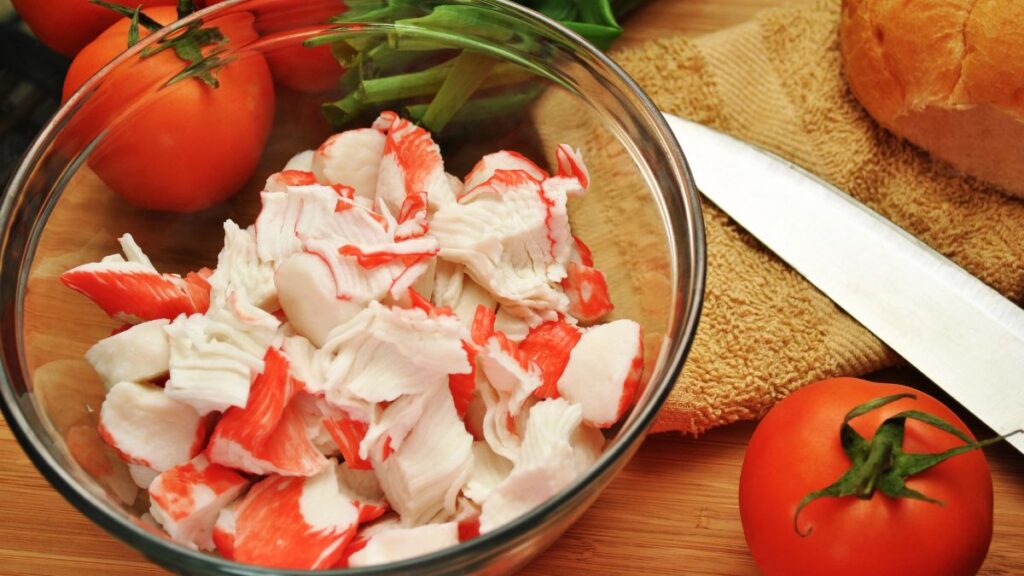
What you see in many sushi rolls or seafood salads may look like crab, but it’s actually imitation crab meat. Also known as surimi, this product is made from ground fish, typically white fish like pollock, and flavored to taste like crab.
It’s a popular and cheaper alternative to real crab meat, but it’s far from the real thing. Packed with artificial flavors, colorings, and fillers, imitation crab is a highly processed food. While it’s a convenient ingredient in many dishes, it’s definitely not the fresh seafood you might expect.
Maple Syrup
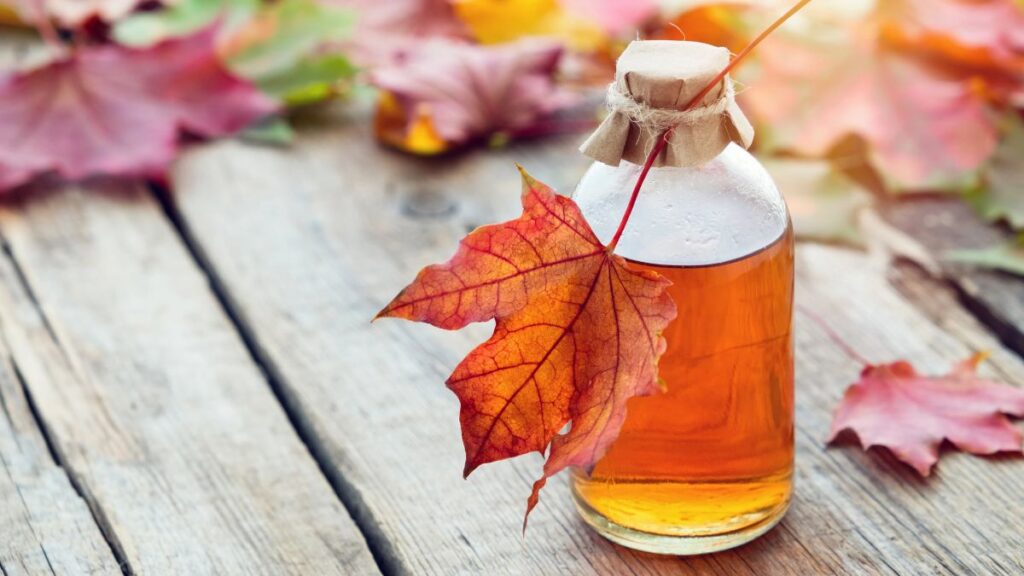
The syrup you drizzle over your pancakes might not be true maple syrup at all. Most of the syrup sold in grocery stores is actually made from high-fructose corn syrup, artificial flavors, and caramel coloring. Real maple syrup comes directly from the sap of maple trees, but it’s often more expensive.
What’s labeled as “pancake syrup” or “breakfast syrup” is a cheaper, processed version that lacks the rich, natural flavor of real maple syrup. Next time you reach for the syrup bottle, check the label to make sure you’re getting the real deal.
American Cheese
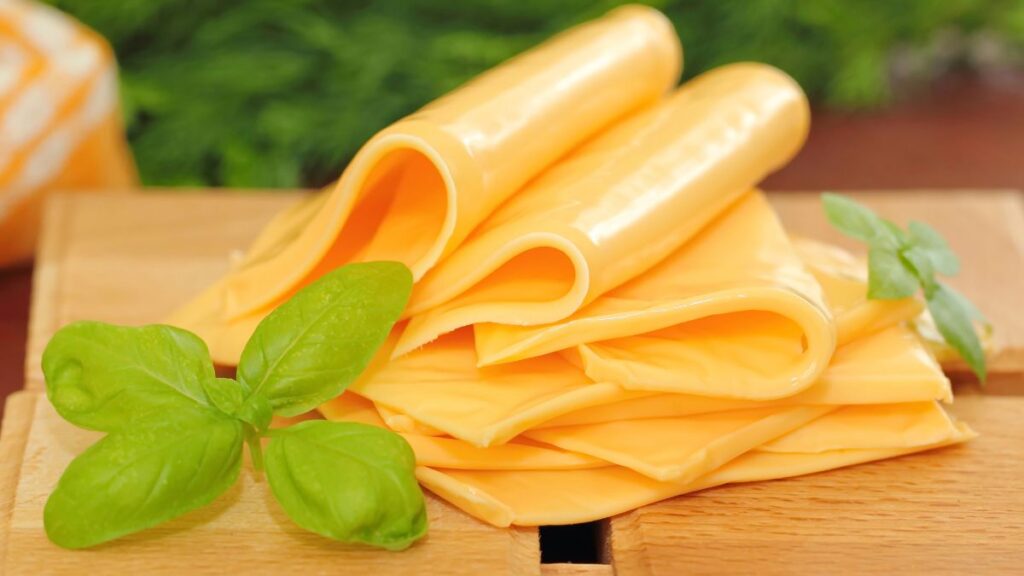
Despite its name, American cheese isn’t exactly cheese. It’s actually a “processed cheese product,” meaning it’s made from a blend of cheese, milk fats, emulsifiers, and food colorings. While it melts perfectly on burgers and sandwiches, it’s far removed from traditional cheese-making methods.
American cheese is often loaded with preservatives and artificial ingredients to give it its smooth texture and long shelf life. So, while it’s convenient and tasty, it’s not the pure cheese many people assume it to be.
Vanilla Extract
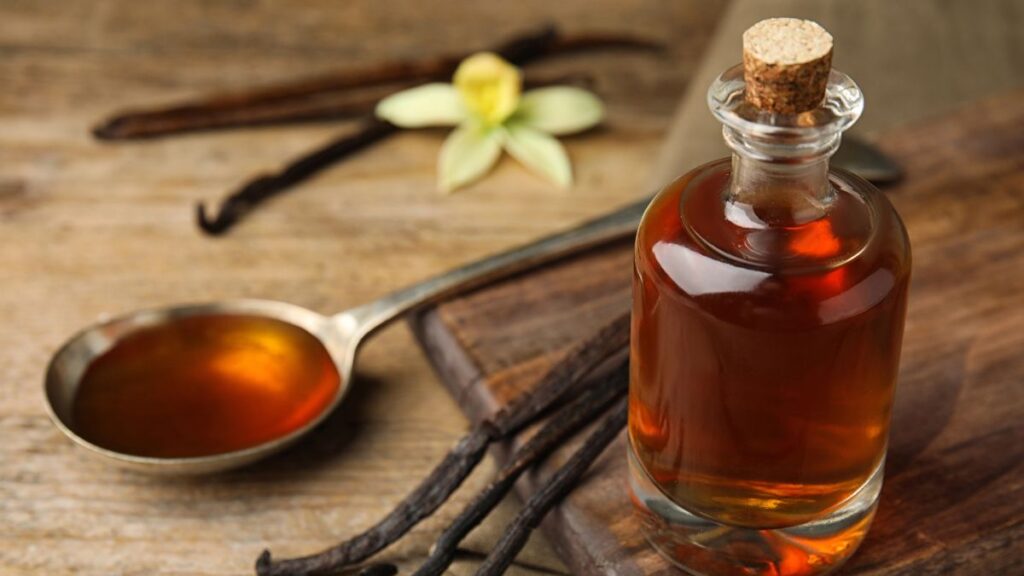
Many baked goods and desserts use vanilla extract for flavor, but not all vanilla extract is made from real vanilla beans. Synthetic vanilla, also known as vanillin, is created in a lab from wood pulp or even petroleum by-products.
While real vanilla extract comes from the seeds of vanilla orchids, the synthetic version mimics the flavor at a much lower cost. If you want the genuine taste of vanilla, look for “pure vanilla extract” on the label, rather than “imitation vanilla,” which is chemically produced.
Parmesan Cheese
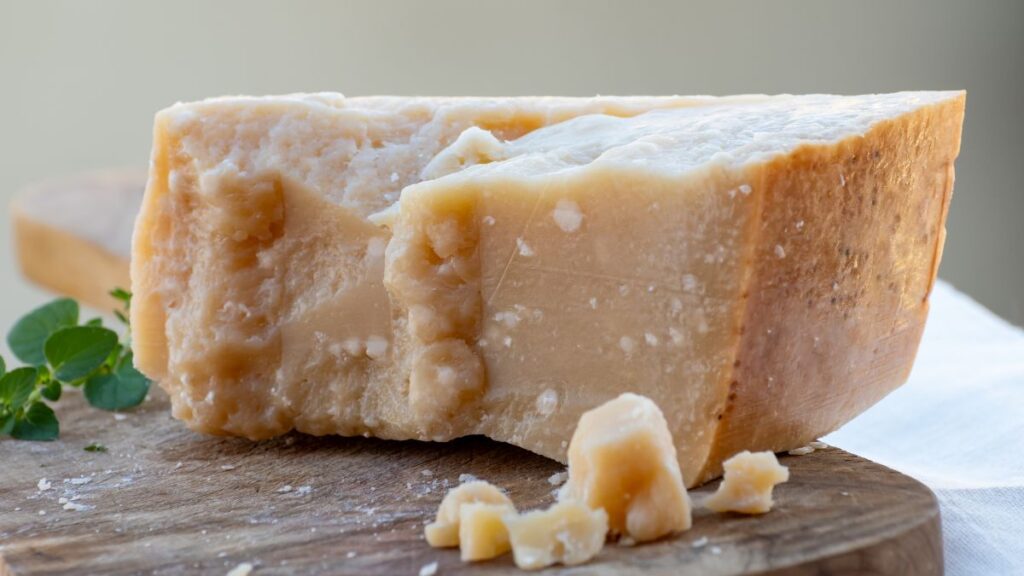
That shaker of Parmesan cheese you sprinkle on your pasta might not be entirely what it claims to be. Many pre-packaged Parmesan products contain fillers like cellulose, which is a wood pulp-derived substance used to prevent clumping.
In some cases, the product contains little actual Parmesan cheese and is instead a mix of other hard cheeses. Authentic Parmesan, known as Parmigiano-Reggiano, is strictly regulated and made in specific regions of Italy. If you’re looking for the real thing, it’s best to buy it in blocks and grate it yourself.
Wasabi
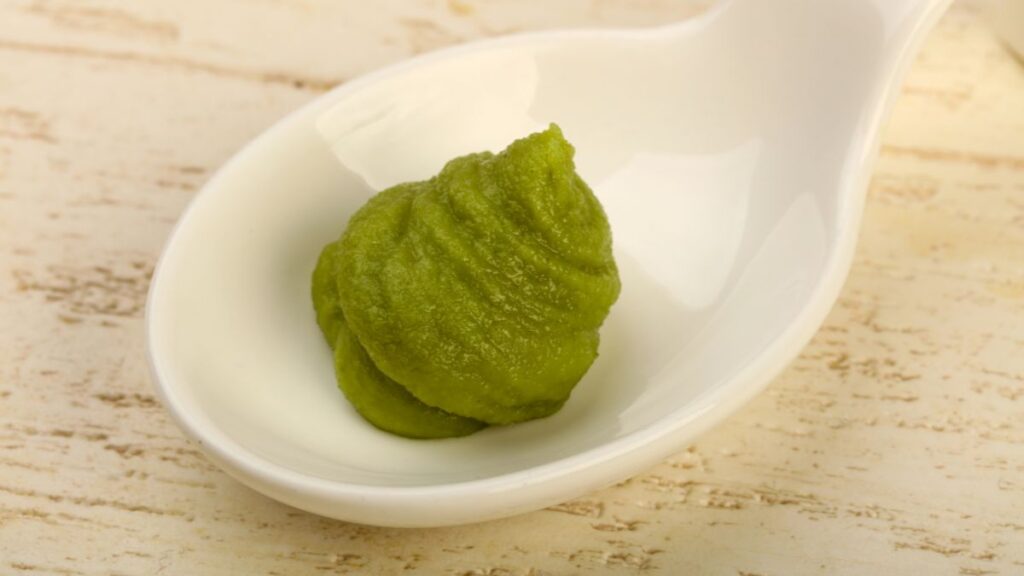
If you’ve ever had wasabi with your sushi, chances are you weren’t eating real wasabi. True wasabi comes from the wasabi root, which is rare and expensive. Most of the “wasabi” served in restaurants is actually a mixture of horseradish, mustard powder, and green food coloring.
The flavor is similar but not as complex or fresh as genuine wasabi. For those wanting an authentic experience, you’d have to seek out high-end sushi restaurants that use the real root.
White Chocolate
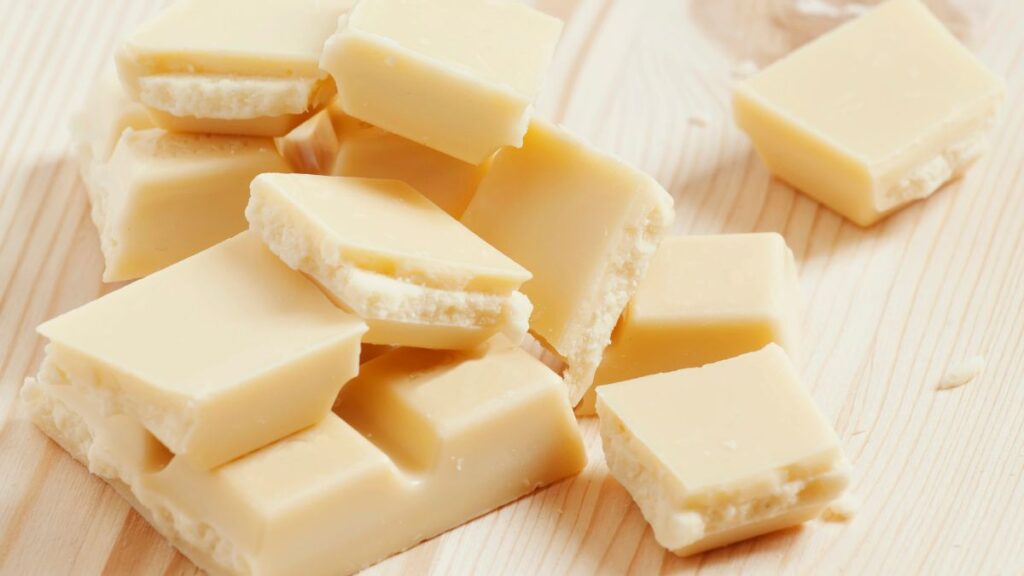
White chocolate may look like chocolate, but technically, it’s not. While traditional chocolate contains cocoa solids, white chocolate is made only from cocoa butter, sugar, and milk. This means it lacks the rich, chocolaty flavor that comes from the cocoa solids.
Some products labeled as white chocolate don’t even contain real cocoa butter, replacing it with cheaper fats. So, while it’s sweet and creamy, white chocolate doesn’t have the same depth of flavor as dark or milk chocolate.
Fruit Juice
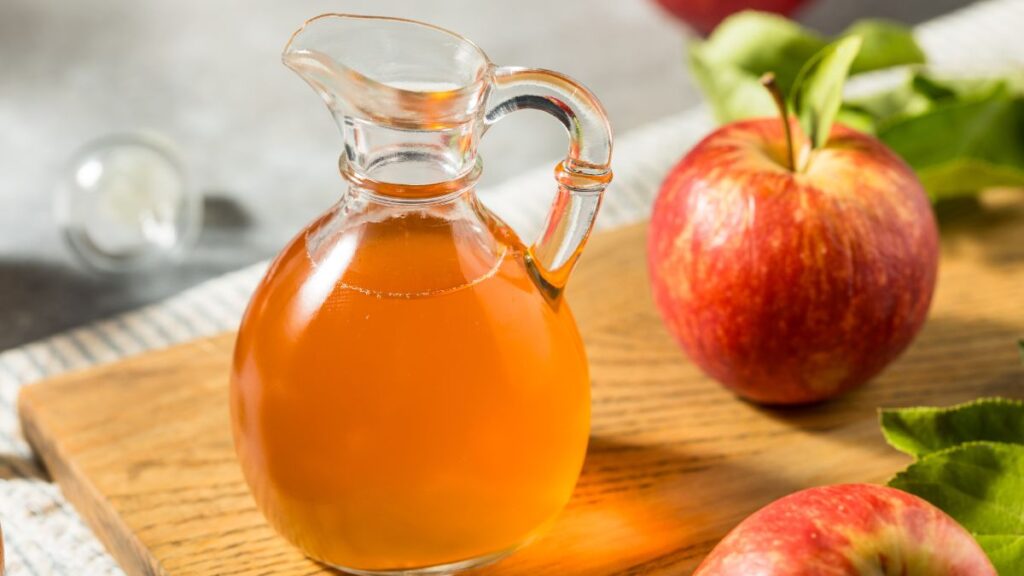
Many fruit juices on the market aren’t 100% juice, even if the label suggests otherwise. Some products are made from concentrate, meaning the juice has been processed, stripped of water, and reconstituted later.
Others contain added sugars, artificial flavors, and preservatives to enhance the taste. In some cases, the amount of real fruit juice is minimal, with the rest being water and sweeteners. To ensure you’re drinking real fruit juice, check for labels that say “100% juice” without added sugars or artificial ingredients.
Guacamole Dip

Not all guacamole is made from fresh avocados. Some pre-packaged guacamole dips contain little to no avocado and instead use fillers like vegetable oils, starches, and artificial flavors. This processed version of guacamole often lacks the rich, creamy texture and fresh taste of the real thing.
If you’re looking for authentic guacamole, it’s best to make it at home using fresh avocados, lime, and cilantro. Store-bought guacamole may be convenient, but it’s often a far cry from the real deal.
Honey

While honey is a natural sweetener, many products sold as honey are actually adulterated with corn syrup or other sweeteners. Some brands mix real honey with cheaper ingredients to reduce costs, but this dilutes the health benefits of pure honey.
In some cases, honey is ultra-filtered to remove pollen, making it nearly impossible to trace its origin. If you want to make sure you’re getting pure honey, opt for local, raw honey from trusted sources. The real stuff has a richer flavor and more nutritional benefits than the processed alternatives.
Olive Oil

Olive oil is often touted as a healthy cooking oil, but not all olive oil is created equal. Some bottles labeled as “extra virgin olive oil” are actually blends of lower-quality oils or mixed with cheaper vegetable oils.
These blends dilute the health benefits and authentic taste of real extra virgin olive oil. To ensure you’re getting pure olive oil, look for brands that are certified and have clear labeling about their source. Real extra virgin olive oil should have a rich, fruity flavor and a slight bitterness.
Truffle Oil
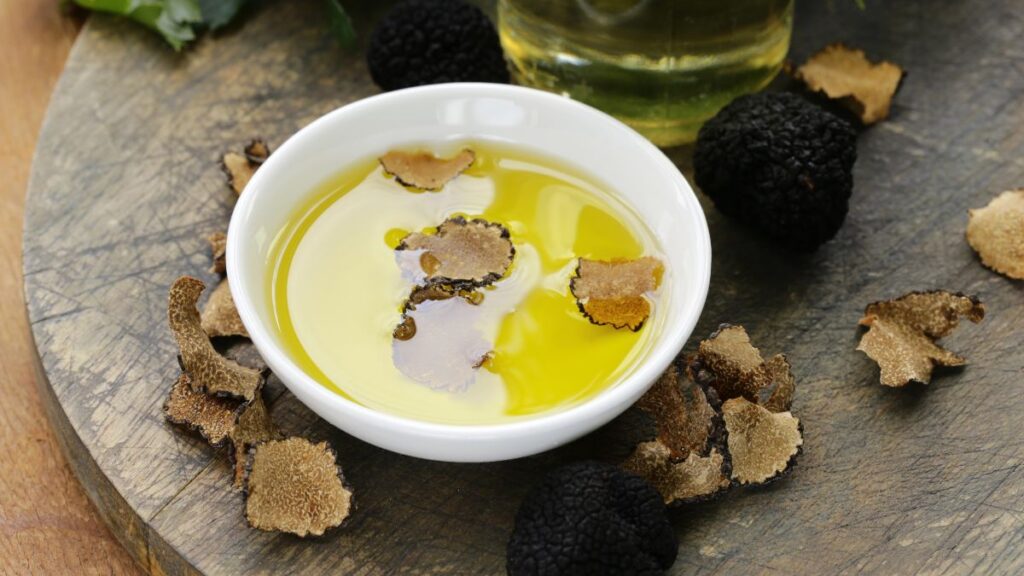
Truffle oil is a luxurious ingredient used to add a rich, earthy flavor to dishes, but most truffle oils don’t contain any actual truffles. Instead, they’re made with synthetic compounds designed to mimic the flavor of truffles.
While these oils still add a distinct taste to foods, they lack the complexity and freshness of real truffles. If you want the true truffle experience, you’ll need to use fresh truffles or truffle-infused products from trusted sources. Most truffle oil on the market is simply a chemical imitation.
Sushi-Grade Tuna
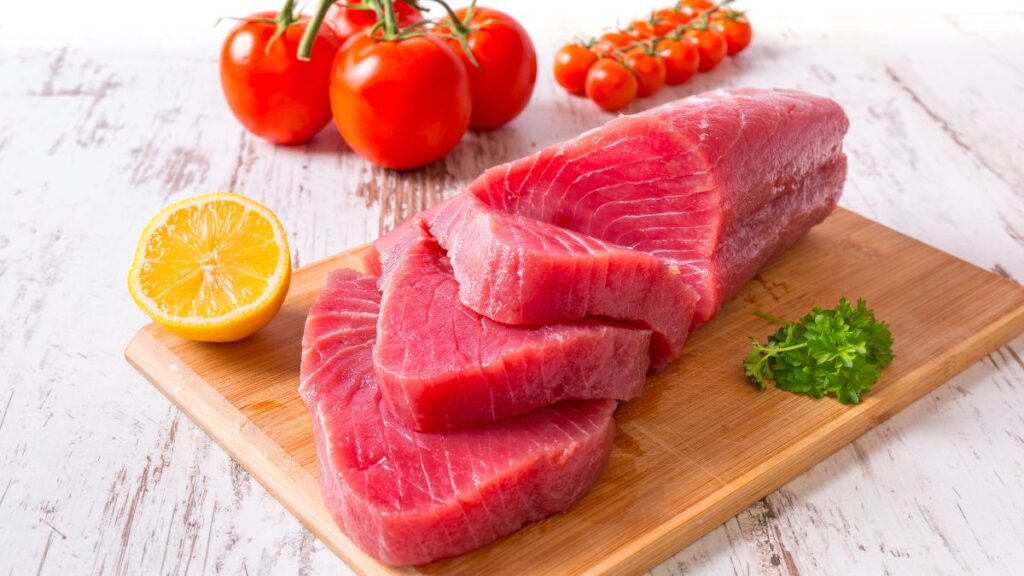
Sushi-grade tuna may sound like a high-quality, premium product, but the label “sushi-grade” is not regulated. This means that different suppliers may have different standards for what qualifies as sushi-grade.
In some cases, fish labeled as sushi-grade has been treated with carbon monoxide to enhance its red color, making it appear fresher than it really is. To ensure you’re getting fresh, high-quality tuna, it’s important to buy from reputable fish markets or sushi restaurants with a good track record.
Multigrain Bread

Multigrain bread may sound like a healthy choice, but not all multigrain products are as wholesome as they seem. Just because bread contains multiple grains doesn’t mean it’s made from whole grains.
Many multigrain breads use refined grains, which are stripped of their nutritional value during processing. To make sure you’re getting the benefits of whole grains, look for bread labeled as “100% whole grain” or “whole wheat” rather than just “multigrain.”
Ice Cream

Some ice creams, especially the cheaper ones, aren’t made from real cream. Instead, they contain artificial ingredients, vegetable oils, and stabilizers to mimic the creamy texture of real ice cream.
These additives help lower production costs but take away from the rich flavor and smooth texture of genuine ice cream. Premium ice creams, on the other hand, are made with real cream, sugar, and natural flavors. If you want an authentic ice cream experience, it’s worth paying a little extra for the real thing.
15 Places Where You’re Expected to Tip—But You Really Don’t Have To
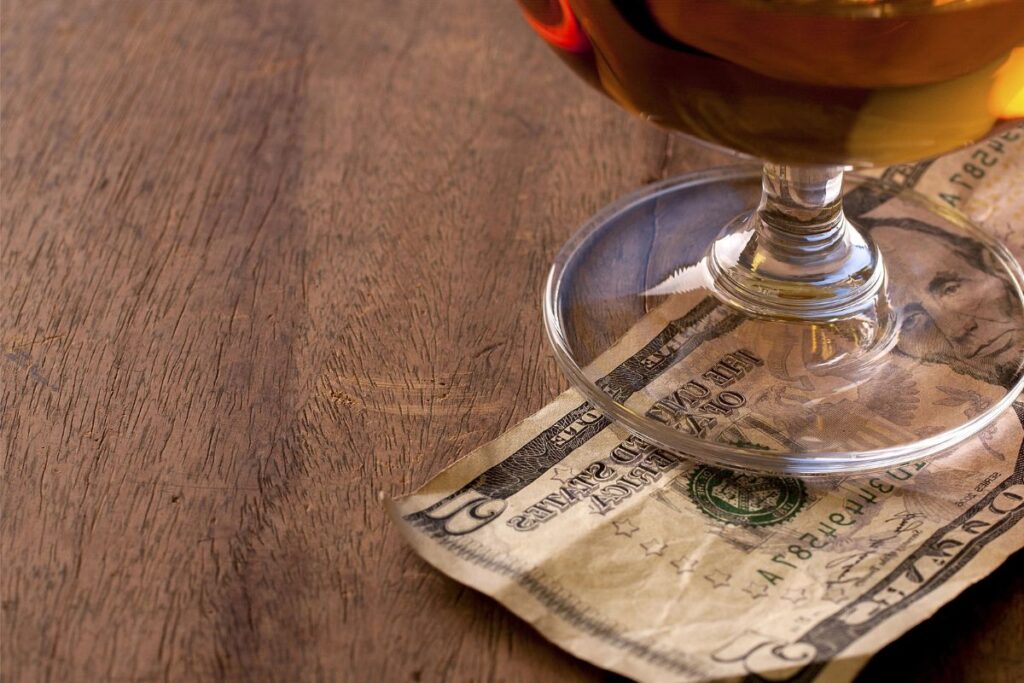
Tipping has become a widespread practice in many industries, with the expectation that you’ll leave a little extra for good service. However, not every situation truly warrants a tip, even if you feel pressured to give one.
15 Places Where You’re Expected to Tip—But You Really Don’t Have To
15 Most Annoying Habits of American Tourists When Dining Abroad

Traveling abroad is an exciting adventure, and dining in new places is a big part of the experience. However, some common behaviors by American tourists can be frustrating for locals and affect the dining experience.
15 Most Annoying Habits of American Tourists When Dining Abroad







